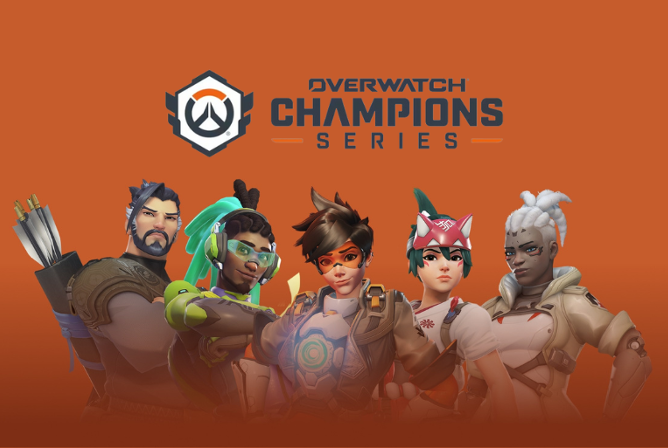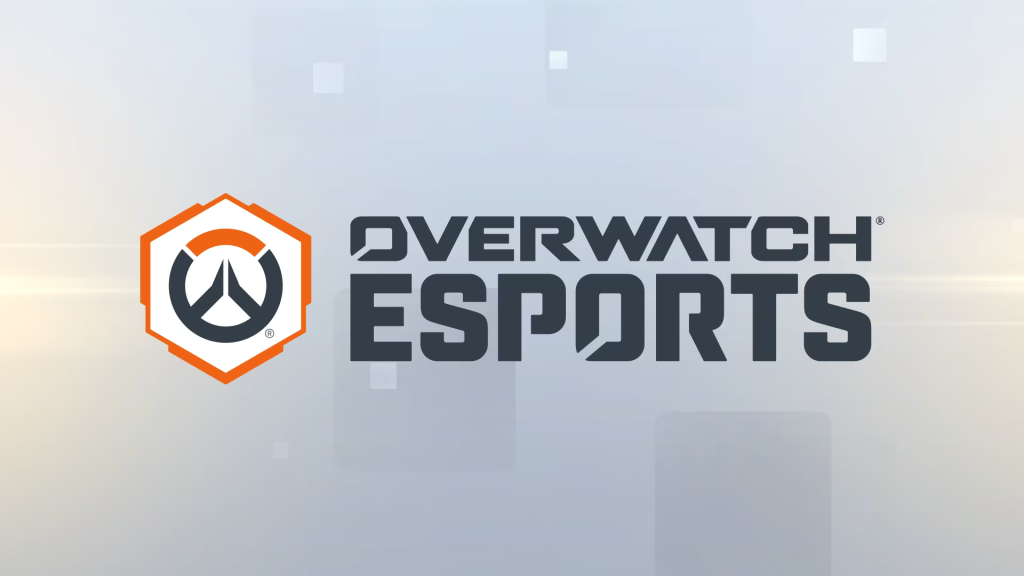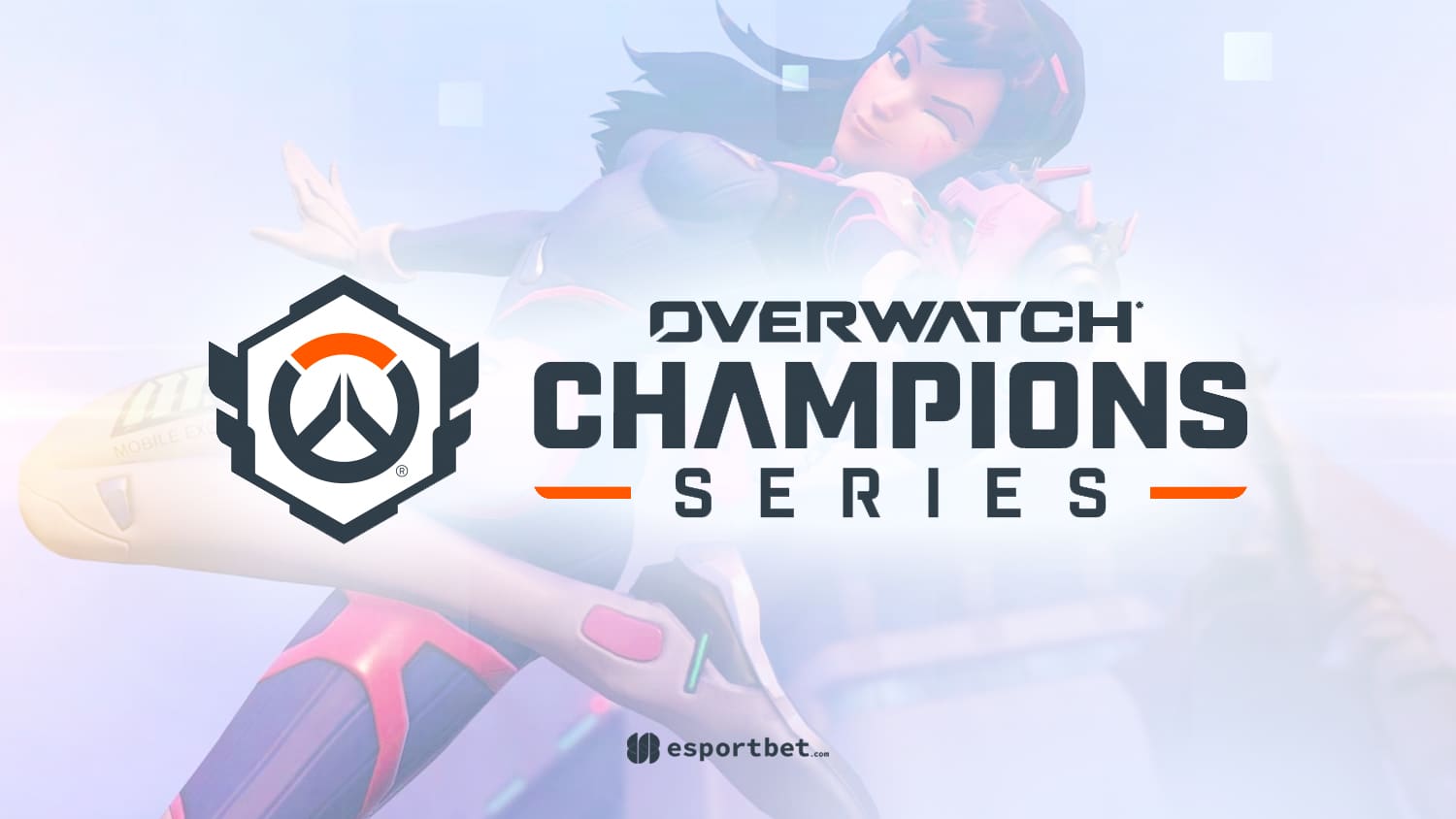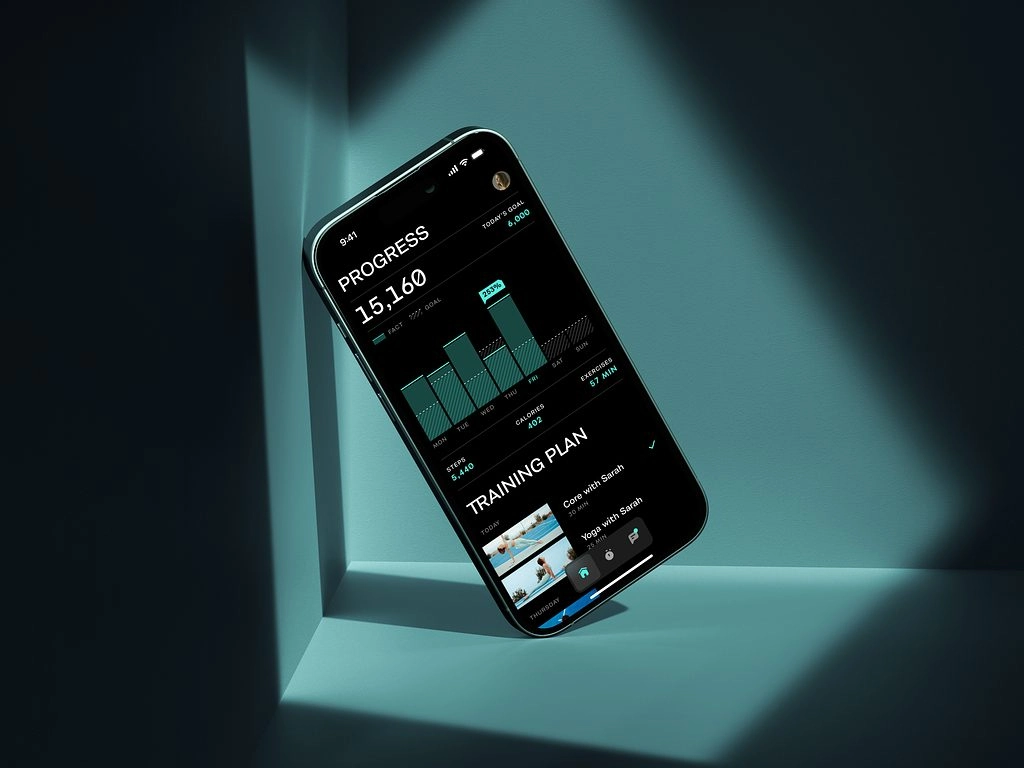The Overwatch Champions Series in 2025 has shifted concentration to the 5v5 format. As teams prepare for the playoffs, the changing meta has become the most important factor for success. The pace at which Blizzard implements balance patches has increased, allowing heroes deemed unimportant to dominate the current strategies. From the roles of tanks and supports to hitscan Damage and projectile Damage heroes, Overwatch is a static war zone that requires constant adaptation. As the season approaches its end, it becomes crucial to understand how the 5v5 strategy has changed and how the championship frontrunners are using these changes to win the title.
The Evolution of Combat: From 6v6 to 5v5

The shift to 5v5 in Overwatch changed how teams interacted and fought with each other fundamentally. The removal of one tank slot suppresses crowd control lockdown potential to maximize individual mobility and survivability, elevating it to a premium. Dive compositions on 6v6 orchestrated through shields provided by Orisa and Reinhardt turned into more nimble placements featuring off tank D.Vas and Roadhogs. The current meta favors teams that can pull off precise flank maneuvers and capitalize on slightly favorable moments during the fight, requiring a more adaptable approach for defensive strategies. Control of the map, previously restrained by shield walls and steadfast anchors, relies on command of timely barrier placement and bubble timing, transforming every fight for an objective into a strategy filled battle of cooldowns, outmaneuvers, and positioning.
This has had an impact on how maps are selected, picked and banned. Control maps with narrow cylinders like Ilios and Lijiang Tower favor small skirmishes and backline diving, while larger hybrid maps like King’s Row test a teams ability to stretch the enemy’s defenses. Hence, playoff brackets now require anticipating 5v5 team brawls at mid control and strategically designing engagements with unexpected brawler or harassment kit heroes. The teams that embraced this meta evolution have seen increased standing, while the teams that stubbornly cling onto slow, deathball style compositions have become outpaced and outmaneuvered.
Support and Tank Roles with 5v5 Overwatch Strategy
With the changes made to 5v5, tank players are expected to accomplish more and have less to work with. Current metas highlight self-sustaining heroes and space creators like Winston and Zarya who do not need a secondary shield. Zarya with proper timing can build immense damage potential during overload due to the shield absorption mechanic, while the primal rage and leap combo of Winston dominantly spins open windows for a fraction of a second. D.Va’s off-tank role allows her to operate with her Defense Matrix, neutralizing certain ultimate attacks and punishing excessive aggression with boop combo. It leads to a more tactical and refined skill level for players where all barriers need to count and no moment of the game can be wasted.Support players, on the other hand, have seen some attention with heroes like Ana and Baptiste. Ana still holds one of the strongest cooldowns in the game with Biotic Grenade, capable of denying the enemy healing and amplifying her team’s burst potential. The immortality field of Baptiste has turned the tide in so many clutch moments by denying enemy ultimates, and giving his team crucial space. Mercy and Lucio still provide critical synergy but Ana and Baptiste control the pace of objective fights in a manner fitting for the 5v5 blowing fast paced game. Teams that synergize their preferred DPS and tanks with the best optimal support duo have been able to snowball and snowball and snowball openings into decisive victory blunders, demonstrating how support dynamics can make or break playoff runs highlighting the importance of dynamically shifted plays.
DPS Roles: Focused Sniper Sniping and Flankers Targeting
The Damage section has split into sniper and flanker-centric compositions. Widowmaker and Ashe are quintessential Hitscan heroes who shine in slower, more positional games where they pick off isolated targets and punish aggressive dives. Their very presence forces backline defenders on the enemy team to expend a lot of resources, which frequently opens up space for coordinated ults. On the other hand, mobile flankers like Tracer and Genji are able to capitalize on the crowd control absent within 5v5s. It allows them to rush in, grab critical eliminations, and slip out before people can react. Most of these teams are known to seamlessly switch between these styles mid-match. Using Widowmaker to draw enemy focus, then Tracer to exploit gaps left behind.
The most skilled DPS players are the ones who can switch between the sub-roles on the fly and can easily adapt to new strategies. An example of this would be a stand in that instantly takes headshots through 200 meter long corridors and then immediately blinks behind the enemy which frustrates the most stringent defensive systems. Patches have also increased projectile speed, fall off damage, and adapted other aspects, enabling heroes such as Echo and Sojourn to have hybrid hitscan-projectile kits making them blur traditional role lines. It is also common during the playoffs to witness DPS battles where it seems the only goal is to adapt to each map’s dynamic and the opponent’s chosen route countering strategy with almost effortless game understanding.
Tactical Changes and Their Effect on Playoffs

The upcoming playoffs for Champions Series 2025 raise the concern that needs addressing regarding which teams are built best to exploit the ever-changing 5v5 meta. The rewards will come to the teams that have practiced different compositions throughout their spring and summer splits, ensuring that no one patch reversal can completely dismantle their plans. Teams with experienced shotcallers that can easily shift between dive, brawl, and poke comps on the fly will be the best in the high-stakes best-of-five series, where the flexibility and breadth of options surpasses the riot of static drafting. There is always potential for an upset when favorites become overly committed to a single metagame trend, only to get caught by a pre-prepared counter-comp.
That being said, the endurance aspect cannot be overlooked. The swift speed of decision making as well as rapid reactions put onto players as a result of 5v5 is incredibly taxing, both mentally and physically, which is particularly crucial for a long series. Off days are ruthlessly punished during playoffs, a single gap in shields placed at the right time can change an entire map. In this scenario the most successful teams will be those who combine mastery of the currently implemented meta with extreme focus needed to execute the plan and drown out the expectation fueled roar of the crowd.



